There has never been a better time to be a photo or video enthusiast. While the consumer market for camcorders and digital SLR cameras has largely disappeared due to improved smartphone video quality, tremendous innovations still occur regularly.
The latest step forward in camcorders brings 4K quality trickling down to consumer products. While 4K video cameras have existed for a long time in professional grade gear, in recent years we’ve seen a steady increase in the number, and decrease in the price, of consumer focused 4K devices. In fact, most top tier cell phones have shot in 4K since 2015. Given that millions of people now have these 4K video cameras in their pockets at all times, can the case still be made for shelling out good money for a standalone camcorder?
For many people, the answer is no. If you’re simply looking to shoot some short clips of the kids running around or post a few things on social media, you probably couldn’t justify the expense. However, if you do value quality video and want to create content that you and others can enjoy for years to come, a 4K camcorder will allow you to shoot nearly pro quality, future-proof content.
This category of consumers who desires higher quality is often referred to as “prosumer.” Prosumers live in the middle ground between what they see as budget junk and high-end pro grade gear. They aren’t satisfied by mediocre quality, but can’t shell out for pro gear for a hobby.
If you find yourself in this segment of the market, the Sony FDR-AX700 4K HDR camcorder can deliver some serious quality at a reachable price.
Overview
Externally, the FDR-AX700 looks just about like every other digital camcorder made in the last decade. The camcorder is solid black with a flip out screen, and including the supplied battery weighs in at 2 pounds, 4.3 ounces. Maximum dimensions, with lens hood and large eyecup, run 4 7/8 x 4 1/8 x 10 7/8 inches. We found the camera felt sturdy yet lightweight and compact enough to remain comfortable even during extended shooting sessions.
While nothing may stand out appearance-wise, Sony fills the FDR-AX700 with an astounding host of features and tech that should satisfy the needs of any video enthusiast. We’ll dig deeper into the details in a bit, but first let’s take a look at the highlights.
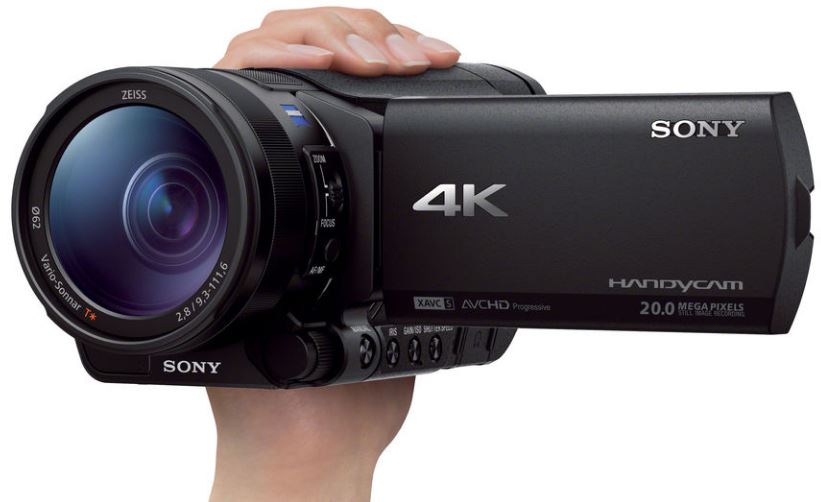
Without a doubt, 4K resolution makes the biggest headlines and will grab most people’s attention. While 4K represents the high bar for broadcast media for years to come, much more goes into producing quality video than merely resolution. The resolution simply measures the number of individual dots, or pixels, that compose an image. 4K, actually 3840 x 2160 pixels, squeezes a full four times the amounts of pixels on the screen as Full HD at 1920 x 1080. The additional pixels create the potential for far greater detail, but the quality of the final image depends greatly on the image sensor and lenses. This explains why 4K video shot from your cell phone won’t look nearly as good as a professional broadcast in regular Full HD.
The other marquee feature significant enough to make the official camera name, High Dynamic range, or HDR, changes the way the camera handles light and color. Once only possible through more advanced post-processing, HDR enables greater image quality and color in shots with mixed brightness levels. It brings out detail in dark parts of the scene without blowing out the highlights in brighter areas, and makes a huge difference in the quality of your footage.
Camera Features
Sony knows the importance of good lenses and has long partnered with ZEISS, a leader in optics for research, manufacturing, medical devices and consumer products. The FDR-AX700 features custom ZEISS optics fine-tuned for stunning detail and compact size. A 12x optical zoom brings you right into the action, and your videos won’t look terrible and pixelated like so many people who use digital zoom on their smartphones.
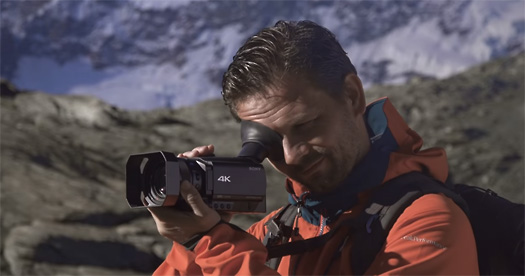
Additionally, as nod to more professional features, Sony added a lens ring for natural manual adjustment more common to high-end cameras. With a two-position switch, you can assign the ring to adjust either focus or zoom depending on your shooting scenario. On the bottom left side of the camera body, a manual dial and buttons also allow easy on-the-fly adjustments for IRIS, GAIN/ISO, and shutter speed. While the buttons and switches certainly don’t match the instant and precise manual control of a professional camera, the fact that Sony included manual controls at all should warm the digital heart of any prosumer.
When the time isn’t right for manual focus, the FDR-AX700 sports a number of advanced autofocus features. The Fast Hybrid AF system combines with Sony’s enhanced BIONZ X image processing engine to improve focus speed on the 273 phase-detection auto focus points. This massive number of AF points covers about 84% of the entire image area giving you maximum coverage for even rapidly moving subjects. If you do want to focus on a particular subject, simply tap the screen to switch between focus subjects and a new custom algorithm well track your target in perfect clarity.
Sony also included a highly compatible multi-interface shoe to expand your creative freedom by increasing interoperability with a number of accessories like flashes, microphones, and more.
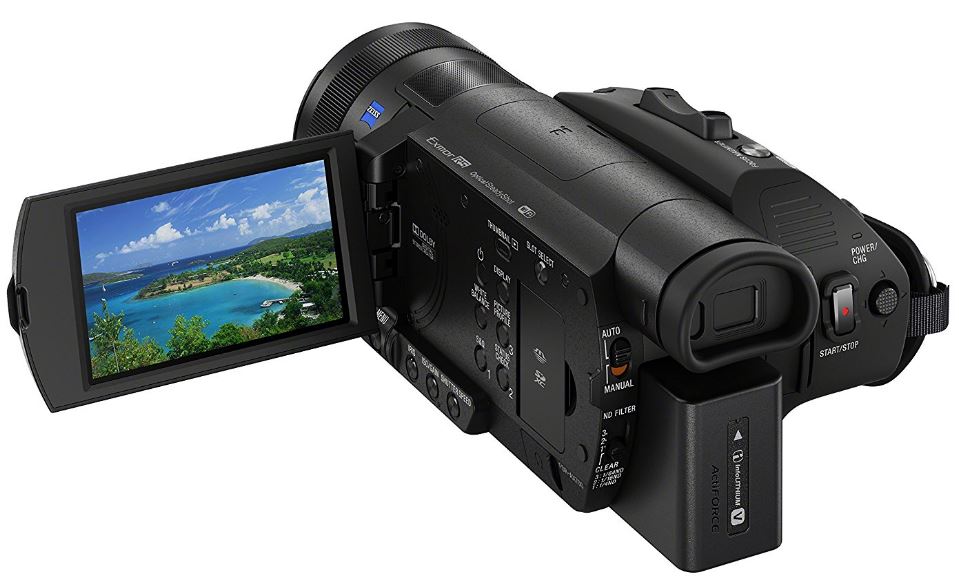
Video Modes
Aside from just a lot of pixels, Sony’s FDR-AX700 gives you tremendous creative freedom in the type of video you want to capture.
Framerate simply refers to the number of still images captured per second. The camera stiches these still frames together to create fluid video. Just like more pixels gives an image greater clarity, more frames per second gives a video smoother motion. Traditionally, film runs at 24 frames per second which is quite slow by modern standards but persists due to the so-called “cinematic effect” created by this framerate. Other common framerates include 30 fps and 60 fps, which is the broadcast standard. Higher-end TVs and computer monitors can display higher framerates which only become relevant if the source media supports the higher settings.
Now, somewhat counter-intuitively to beginners, in order to shoot in slow motion you’ll need to increase the frames per second of your video. When you shoot more frames, you can then slow the video down in editing to a standard framerate and your video will move slower while maintaining buttery-smooth movement.
The FDR-AX700 supports slow and quick motion video with framerates between 1 and 960 fps. Depending on your final production framerate, filming 960 fps gives you source video either 16x or 32x slower than real-time, a tremendous amount of control for a consumer camera.
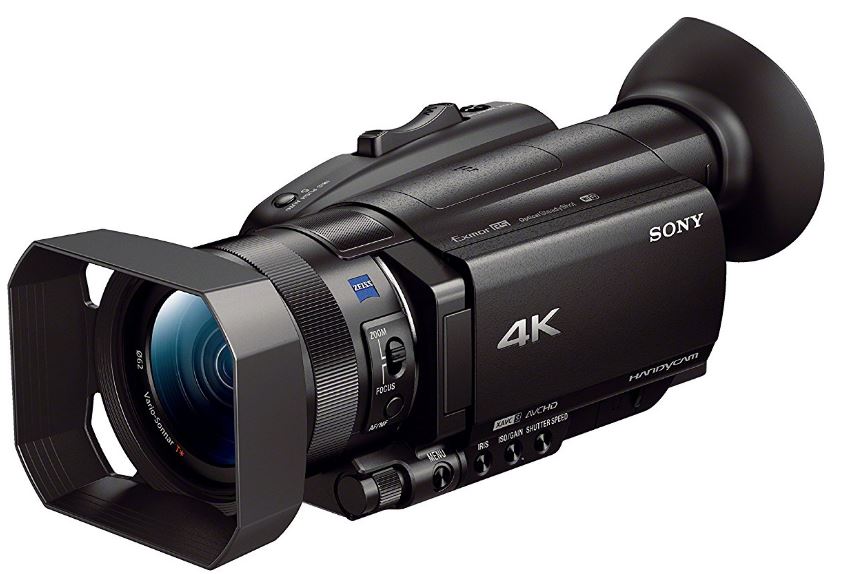
We found one troubling deficiency in the lack of support for 60 fps in 4K resolution. Maxing out at 30 fps in 4K means videographers will face the tough choice between exceptional 4K clarity and improved 60 fps smoothness. Competitors, like Canon’s VIXIA GX10 support 4K 60 fps, so consider carefully how important you find this feature before making a purchase.
Sony also adds support for S-Gamut and S-Log video shooting. These features, while mostly unknown to the general public, allow for much finer color grading in post-production. This prevents washed out colors, blown out highlights, or underexposed dark areas.
Advanced Video Technology
As an enhancement to the optical zoom, Sony has added a feature called “Clear Image Zoom.” While somewhat tight-lipped about what Clear Image Zoom actually does, it seems to use digital processing to allow for increased zoom while maintaining image quality. We think this sounds a lot like upconverting media devices that take lower definition source media and convert it to a higher resolution final product. Whatever magic wand Sony waves, it allows for crisp, clear zoom up to 18x in 4K or 24x in Full HD resolution.
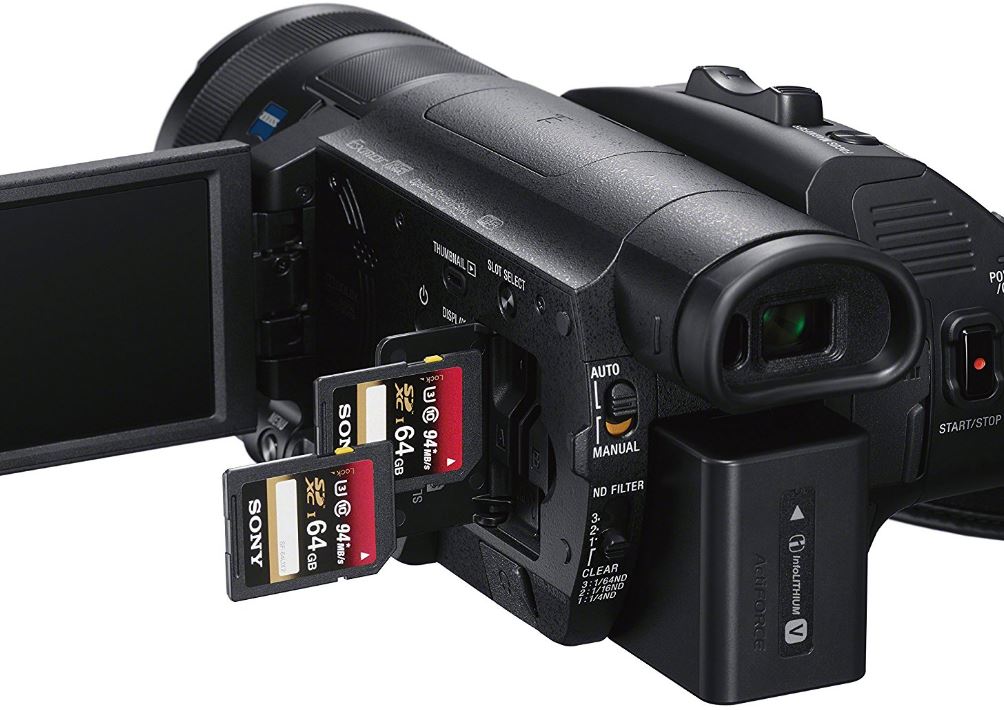
While we mentioned high dynamic range previously, Sony also ups the ante by including support for HLG, or Hybrid Log-Gamma. HLG is an HDR standard adopted by a number of broadcast associations and manufacturers. Sony produces a number of HLG compatible TVs, and you can enjoy the high quality of your HLG HDR content immediately by connecting the camcorder to a compatible screen.
Further showing their emphasis on professional-grade features, Sony has added support for standard SMPTE Time Code to aid in synchronizing multiple camera projects and custom eight-digit User Bit codes to allow for advanced media management and indexing on more sizeable projects. You can also save and recall up to ten custom Picture Profile settings with complete control over gamma, color spaces, and gradation. This can reduce the need for further editing in post-production.
Final Words
The Sony FDR-AX700 really blurs the line between pro and consumer grade gear. It’s quite amazing to see this degree of granular control and production-centric features in such a compact package. We were able to produce stunning 4K test shots that performed well in any light at a wide range of framerates. Shooting super slow, 960 fps video is just a blast.
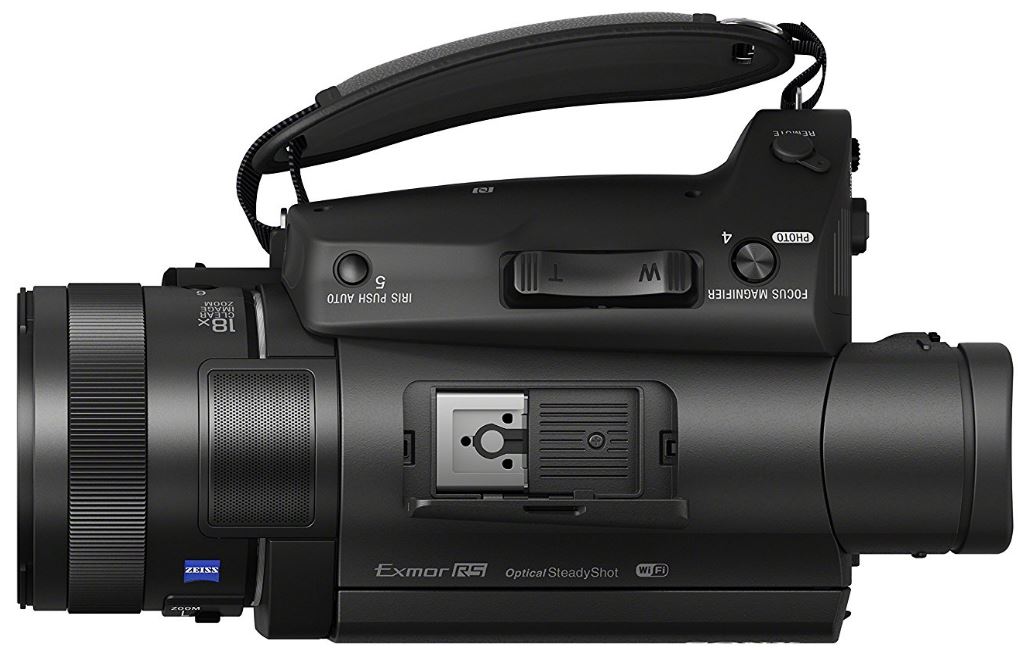
The camera does take an interesting position in the market. Most home users will appreciate the video quality but will make little use of the advanced production features. Most professional videographers will need something a bit more capable. The most noticeable weaknesses come from the single, fixed lens and limited manual controls. While having any manual control on a consumer camera is a nice touch, a pro can’t be flipping switches and pressing buttons to switch between focus and zoom. Additionally, limiting 4K support to 30 fps could ruin the chances of any pro or semi-pro of choosing this camera.
That said, if you’re a home user looking to up your video quality or just getting starting in a professional video career, you’ll find the Sony FDR-AX700 4K HDR camcorder has exceptional video quality and countless pro-level features well beyond a basic video camera or cell phone.
Meet Ry, “TechGuru,” a 36-year-old technology enthusiast with a deep passion for tech innovations. With extensive experience, he specializes in gaming hardware and software, and has expertise in gadgets, custom PCs, and audio.
Besides writing about tech and reviewing new products, he enjoys traveling, hiking, and photography. Committed to keeping up with the latest industry trends, he aims to guide readers in making informed tech decisions.

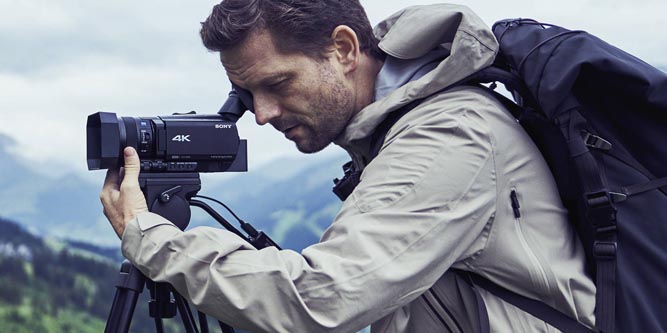
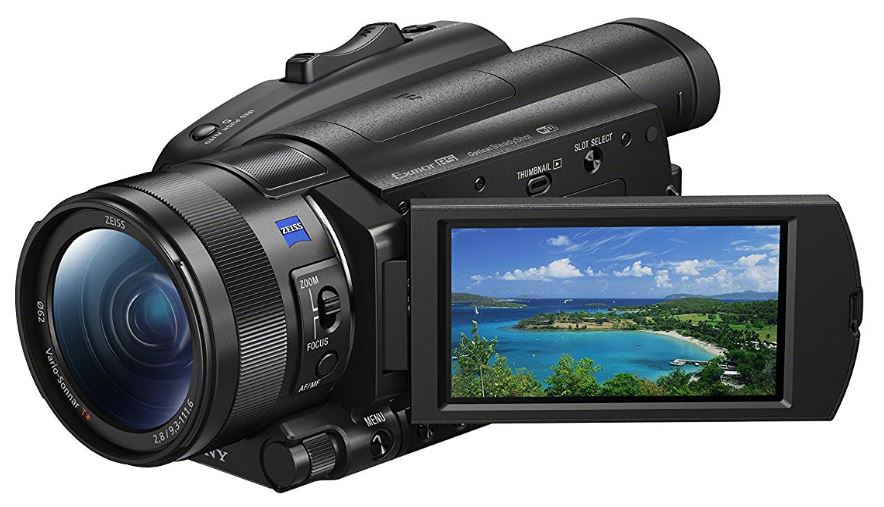
How’s the resolution of the 480 FPS and 960 FPS? Is it better than the RX10 and RX100 series HFR resolution? Any bad aliasing in these modes.
Curious about the HFR resolution in the 480
And 960 FPS modes? How are they? Any bad aliasing?
It would be interesting to see how this compares to the existing AX53 model which, while a little old (I believe it was released in 2016), also shoots in 4k and is pretty well-reviewed / well-regarded and available for about half the price ($850).
I have the FDRAX100 4K and use it in pro situations. Looks like they added a couple of features with this revision. I love the look of the video and have added a Matte Box, rail system etc. I shoot in 4K and encode to 1080p30 for editing. 4K future proofs your footage for the client. The dual card and HDR are the two upgrades that make sense. If you are looking to get excellent 4K UHD this is a great camera for the money. I have a couple of HD rigs that don’t go out much anymore as I like the weight of the FDRAX100 and the video is killer!